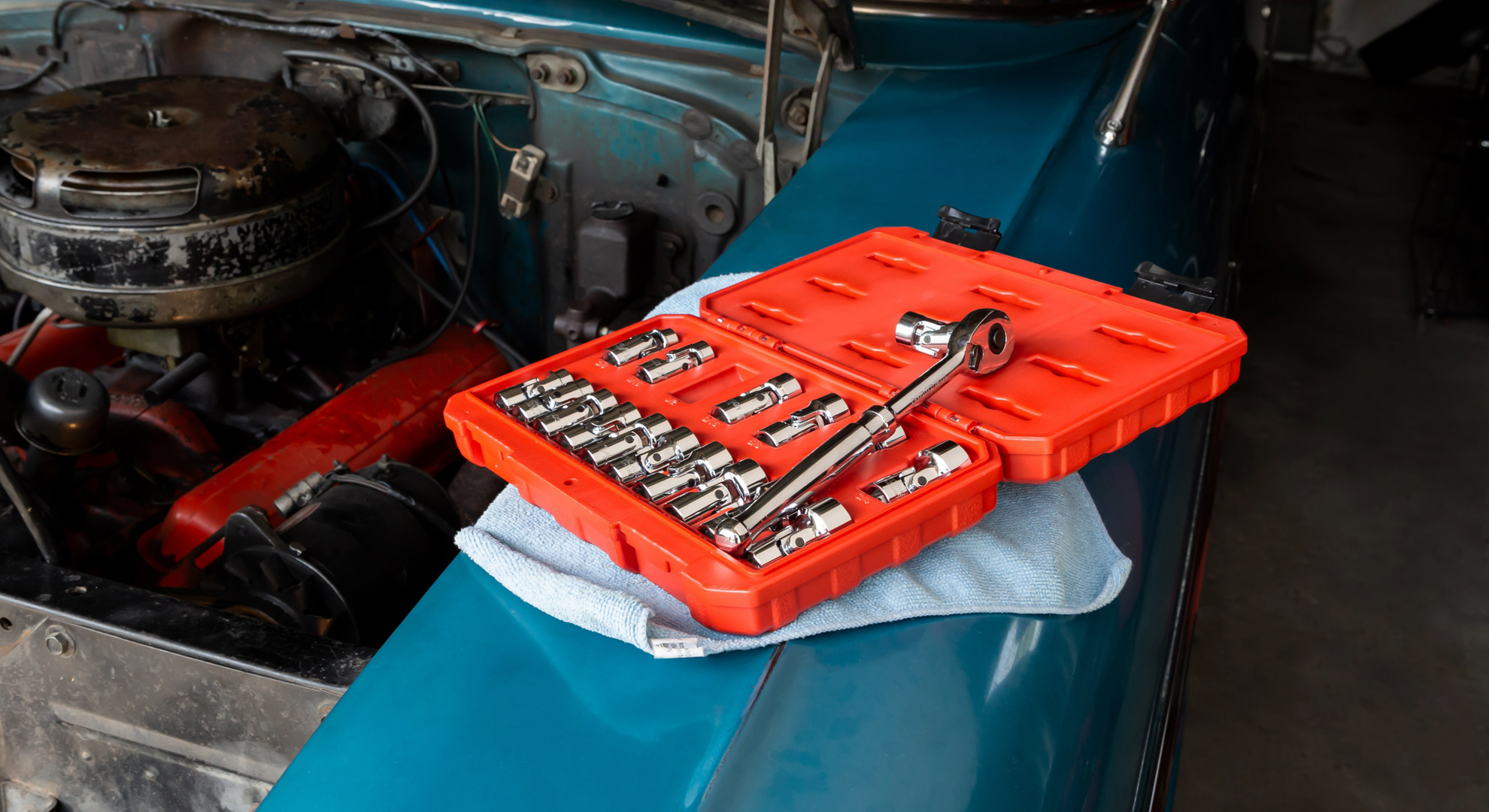What To Look For When Buying A Used Car
Buying a car, whether new or used, is a commendable achievement. The process could also be difficult, especially if you lack the necessary information. To avoid taking home a piece of metallic junk, this article will educate you on what you should look at before closing the deal. Buying a poor-quality vehicle will help avoid potential mechanical, financial, legal, and other problems.
Body Damage

Many people judge cars based on appearance, so checking for body damage, panel gaps, scratches, and dents is essential. Pay close attention to areas like the fenders, bumpers, and mirrors, as these often show signs of wear. If minimal damage can be easily repaired, but be sure to negotiate repair costs with the seller.
Frame Corrosion

When buying a car, be cautious of shiny paint and extras, as they can hide serious issues like frame corrosion, especially in cars from snowy regions. Salt accelerates rusting, which weakens the vehicle’s structure and can lead to costly repairs. Always inspect the underbelly, particularly the brakes, for signs of corrosion before deciding.
Electric Systems

The electric systems control everything from engine performance to minor features like window operation, so check if all buttons work properly. Look for visible marks around the buttons, as they may indicate shoddy repairs or abuse. Also, inspect the Electric Control Unit (ECU) under the hood for damaged wires, as this could point to potential issues with the vehicle's key systems. vehicle.
Replaceable Parts

Wear and tear is common in used cars, so check for acceptable levels on parts like tires, windshield wipers, and brake pads. These components often need replacement after a certain mileage, and their condition can give you insight into the car’s overall state. If in doubt, have a qualified mechanic inspect the vehicle, as poorly maintained parts may signal carelessness.
Signs of Tampering

When buying a used car, be cautious of tampering by checking the VIN (Vehicle Identification Number) on the hood, chassis, and driver’s doorjamb—all numbers should match. Mismatched or marked VINs could indicate fraud or theft. Also, inspect the odometer for signs of tampering, such as marks on the dashboard, and verify the mileage online if possible.







